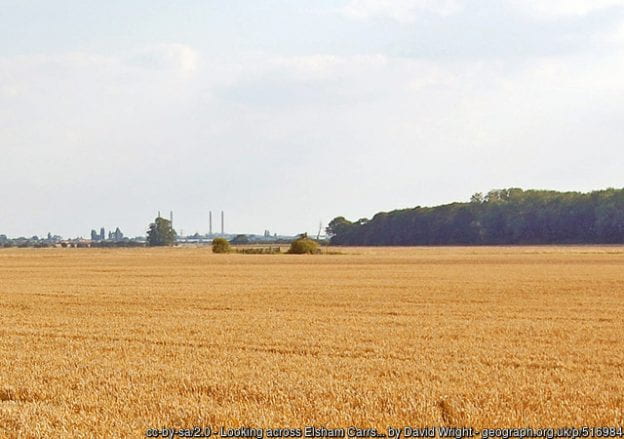New publication here:
‘Touch and Pressure: Sensing Sexual Harassment in Medieval Common Law Sources’
Glad to see this out – a short piece on trying to get at something which medieval common law records are not inclined to disclose: sexual harassment which is not rape. It came out of an invitation from a Paris-based project, the AVISA project, and a paper delivered in the depths of Covid lockdown, and I think that the invitation came, directly or indirectly, from the things I have published on this blog – so, nice to know that somebody out there is getting something from it!
I am sure there is more to say about this, and maybe I – or others – will turn up further relevant things in common law records. I was left with two abiding thoughts, though:
- It is far from ahistorical to look for this sort of material in legal sources – it’s not as if there was no concept of it as wrong, or not a fit subject for legal intervention, before the 19th or 20th C (check out the English pre-Conquest stuff, and the Welsh stuff);
- It is worth taking a bit more seriously those actions of males for damage to ‘their’ women through rape or harassment etc. – I know that the immediate visceral response is negative – it’s about a man having property rights in a woman – but, just as the better view in legal history is now that the ‘women were property’ encapsulation is inaccurate, so, I think, we might consider the (small) upside of seeing harm to a woman as not just something she is left alone to deal with in the legal context – as remains the case with modern English rape etc. trials – and we know how badly that works. Obviously patriarchal in terms of who it is, but … worth a thought? It struck me, when ‘launching’ the very recent book by Joanne Conaghan and Yvette Russell, on Sexual History Evidence, which is positive towards the idea of giving an independent legal representative to rape victims/survivors, that the older pattern, of giving some responsibility to another person might be seen as having a little in common with this: making it all less one lonely woman against a defence lawyer trying to tear her reputation and credibility apart, and ‘backed’ by the impersonal force of the police and CPS. Not that I am a ‘coverture apologist, or suggesting that husbands and fathers should take the lead, but, looking at the independent legal adviser/representative suggestions might cast a new light on the way we consider these actions which do not leave the woman quite so exposed. One to think through, anyway.
GS
10/11/2023

